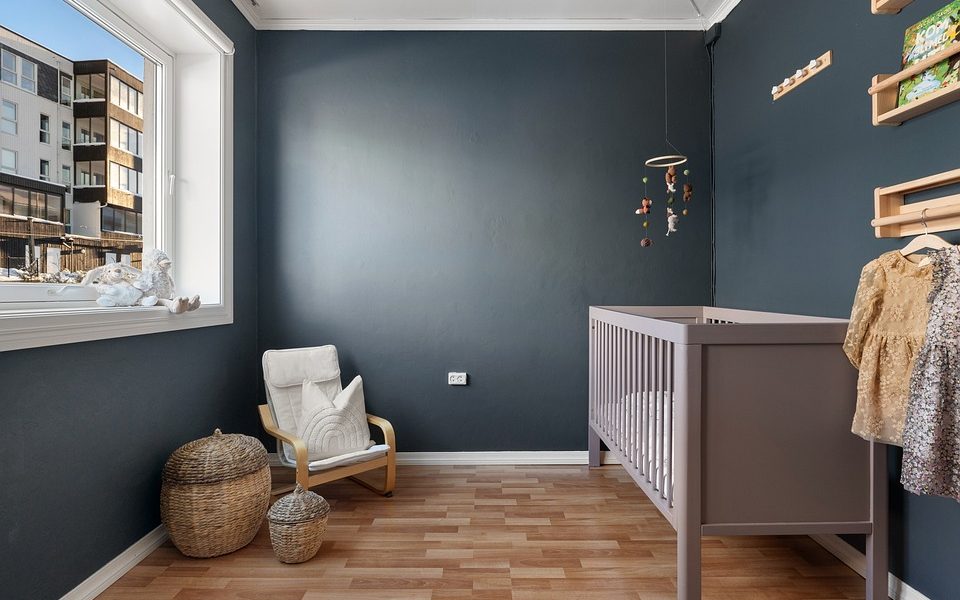The Ultimate Guide to Real Estate Investing: Prioritizing Walkability
The Ultimate Guide to Real Estate Investing: Prioritizing Walkability
When it comes to investing in real estate, one of the key factors to consider is the location of the property. In recent years, there has been a growing trend towards prioritizing walkability in real estate investing. Walkability refers to the ease and convenience of walking from one location to another, such as from home to work, shops, restaurants, and entertainment venues. Investing in properties with high walkability can offer a range of benefits for both investors and tenants. In this ultimate guide to real estate investing, we will explore the importance of walkability and how you can prioritize it in your investment decisions.
Understanding the Benefits of Walkability
Walkability has become a key consideration for many tenants and homebuyers. Living in a walkable neighborhood offers a range of benefits, including:
1. Health and Wellbeing: Walkable neighborhoods encourage physical activity and can help improve residents’ overall health and wellbeing. Walking is a great form of exercise and can help reduce the risk of obesity, heart disease, and other health conditions.
2. Convenience: Living in a walkable neighborhood means that residents can easily access shops, restaurants, schools, and other amenities on foot. This can save time and reduce the need for a car, leading to a more convenient and sustainable lifestyle.
3. Social Interaction: Walkable neighborhoods tend to be more vibrant and lively, with residents out and about on foot. This can lead to increased social interaction and a greater sense of community among neighbors.
4. Property Value: Properties in walkable neighborhoods are often in high demand and can command higher rental and resale prices. Investing in a walkable neighborhood can offer strong returns on investment and long-term appreciation potential.
Prioritizing Walkability in Real Estate Investing
When looking to invest in real estate, it’s important to prioritize walkability in your decision-making process. Here are some tips for identifying and investing in properties with high walkability:
1. Research Neighborhoods: Start by researching neighborhoods in your target market that are known for their walkability. Look for areas with a high Walk Score, which measures the walkability of a neighborhood based on proximity to amenities and services.
2. Visit the Neighborhood: Take the time to visit the neighborhood in person to get a feel for the walkability of the area. Walk around and assess the ease of getting from one location to another on foot.
3. Consider Amenities: Look for neighborhoods that offer a range of amenities within walking distance, such as shops, restaurants, parks, schools, and public transportation. The more amenities available, the higher the walkability of the neighborhood.
4. Evaluate Infrastructure: Assess the infrastructure of the neighborhood, including the presence of sidewalks, crosswalks, bike lanes, and public transportation options. A well-designed and pedestrian-friendly infrastructure can enhance the walkability of the area.
5. Analyze Market Trends: Research market trends and demand for walkable neighborhoods in your target market. Properties in walkable neighborhoods tend to attract a diverse range of tenants and buyers, leading to higher demand and faster turnover.
6. Work with a Real Estate Agent: Consider working with a real estate agent who specializes in walkable neighborhoods. An experienced agent can help you identify profitable investment opportunities in high-walkability areas.
7. Calculate Potential Returns: When evaluating investment opportunities, consider the potential returns of properties in walkable neighborhoods. Properties with high walkability can offer strong rental yields, low vacancy rates, and long-term appreciation potential.
In conclusion, prioritizing walkability in real estate investing can offer a range of benefits for investors and tenants alike. Properties in walkable neighborhoods tend to attract high demand, command higher rental and resale prices, and offer a range of health, convenience, and social benefits for residents. By following the tips outlined in this ultimate guide to real estate investing, you can identify and invest in profitable properties with high walkability and maximize your investment returns in the long run.






